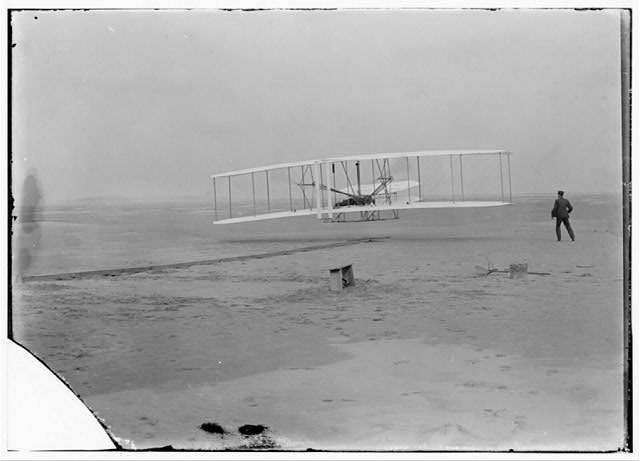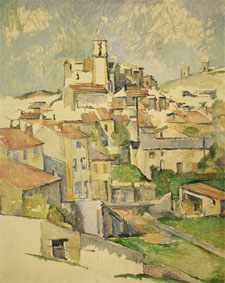/timthumb.php?src=http://www.foundlabs.com/blog/wp-content/uploads/2009/11/2857-234.jpg&h=206&w=510&zc=1)
POSTED IN Conversations, Featured Articles ON Nov 2, 2009 | 0 comments
Foundlabs Conversati...
The National Gallery of Art in Washington D.C. is running a show called “Renaissance to Revolution: French Drawings from the National Gallery...
/timthumb.php?src=http://www.foundlabs.com/blog/wp-content/uploads/2009/10/barack-hope-poster.jpg&h=206&w=510&zc=1)
POSTED IN Conversations, Featured Articles ON Oct 23, 2009 | 0 comments
Street Art: Found In...
The concept of “graffiti” has evolved beyond vandalism and has taken on a purposeful message. Like any art form before it, street art has...
POSTED IN Featured Articles, Random Thoughts ON Sep 16, 2009 | 0 comments
Hello World!
Having more or less stabilized what I think this blog is going to be about, I’m finally writing this more “official” first post....
featured news
Prev NextHubble Telescope and Space
/timthumb.php?src=http://www.foundlabs.com/blog/wp-content/uploads/2009/09/hubble.jpg&h=172&w=172&zc=1)
If there has been anything that said “I am a NASA project and space is awesome” in the past twenty years, it has been the Hubble telescope. It’s always a very awe-inspiring experience, just looking photos from HubbleSite. There is a sense of wonder, awe, abandonment of scale, and a healthy dose of speculation regarding the authenticity of these photos. After all, the colors, what they represent, is almost incomprehensible.
I like what HubbleSite offers, since the old Hubble Heritage site (in the earlier days, at least) offered pictures without a context. Now, there’s almost too much information– there’s commentary (podcasts and vodcasts) and other interesting articles and multimedia presentations on HubbleSite.
Go here for the main site
The photo is of the Cat’s Eye Nebula, or in other words, the start and end of something.
Fiorano Wine
/timthumb.php?src=http://www.foundlabs.com/blog/wp-content/uploads/2009/09/Fiorano.jpg&h=172&w=172&zc=1)
I’ve been deciding whether or not to discuss wine on my blog, since there is a legal age at which the dialogue becomes more relatable. More and more, though, I’m leaning toward discussing it just because it is a product of both a scientific and aesthetic process, in addition to a very relevant historical connection.
At this current point in time, I’ll just point to an article and follow up in the New York Times, written by Eric Asimov. He discusses an Italian prince, Alberico Boncompagni Ludovisi, who made wines in the second half of the 1900s. The prince believed in the natural course of action, trusting in his vines and in the surrounding mold– and not in the pesticides used by his Italian contemporaries– and result has since been remarkable.
I like this story because aside from being a wine story, it has the mystery and intrigue that came from one person’s single-minded devotion to a personal way of doing something. Also, what I like most about that element of mystery and the fantastic is that it resides in truth.
Original 2004 Asimov New York Times piece
His April 2009 follow-up His April 2009 follow-up
Bottle photo from Italian Wine Merchants, one of the “Prince-approved” sellers in the Asimov piece (I have no financial affiliation to the company)
Historical Photographs
/timthumb.php?src=http://www.foundlabs.com/blog/wp-content/uploads/2009/09/Wright-Brothers.jpg&h=172&w=172&zc=1)
The Prints and Photographs Division of the Library of Congress offers an incredible selection of online prints and photographs for those interested in a peek at the past. In addition to just having the images, they also offer a description of where and how. Here’s a description of “First Flight” photograph from the Wright Brothers collection as an example:

The most well known negative is, of course, that showing the “First Flight” at Kitty Hawk on December 17, 1903. The brothers had arranged to have John T. Daniels of the Kill Devil Life-Saving Station, who was among the spectators, snap their camera for them just at the moment the machine had reached the end of the take-off rail and had risen two feet into the air. Before attempting the flight, Orville had placed the camera on a tripod and had aimed it at a point he hoped the machine would attain when it left the track . The shot was successful and the negative was developed by Orville on his return to Dayton. (http://www.loc.gov/rr/print/coll/236_wright.html)
The the Print and Photograph Division is also really helpful in that they let you download the image in either jpeg or tiff, in varying qualities. And if you’re really crazy about the image, you can buy a print of it, too.
Now, aside from all of that helpfulness, think about this: you are seeing an image of the first flight!
In the world!
I find it very interesting that there is almost nothing else in the picture– no trees, no buildings, no other planes (obviously), and nothing else. Granted, they picked Kitty Hawk for those features, but it really emphasizes the two men and what is really a pretty primitive– but brilliant– device.
Kinda makes me want to build something.
“Personalized Medicine” (A Charlie Rose interview)
Health care debate and discussion is everywhere these days, so I found this fun Charlie Rose presentation on the genome and its mapping from June 2009. The guests on this segment are Steven Pinker (Harvard cognitive scientist/psychologist), George Church (founder of the Human Genome Project), Anne Wojcicki and Linda Avey (founders of 23andMe).
It’s a basic overview of the benefits and concerns associated with the beginnings of genome sampling: expensive and limited access to the technology, whether or not it’s good to know the risks in one’s genes, and the comparison of the researchers’ and genome mapping companies’ perspective.
I like how Charlie Rose says “ji-nome” instead of “g-nome.”
Expertise and Admiration
The concept of admiration is at its heart, a comparison of oneself against another, such that I recognize that you are better than me at x, maybe y, and hopefully not z as well! Or you could be better at a-z than I am. But it is when that element of being better is highlighted in a non-directed, non-prescriptive way, that admiration results.
Ah, the expertise. Sports, for example, are so incredibly entertaining to watch because it is the element in which that individual excels being showcased. Have you ever seen the press conference or interview before, during, or after a game? Not quite as exciting, right? (Unless you’re talking about Shaq, who happens to be very entertaining off the court as well. (Anyone watched Shaq Vs?)) Something mundane or shared or general, taken to the highest level of concentration and commitment, that is expertise.
In much the same way, celebrities are entertaining because their element of comfort is on screen, captured on film. So when you remove them from a set and put them on the street, they’re still “on-screen,” except it might be on a slightly less controlled setting. It doesn’t seem that out of place. This is a digression.
The concept of the role model is really coming from the realm of the superlative… in a specific setting. So there should be a filter of focusing on the “how” of that expertise. “How did Michael Jordan get to where he went? Was he always that great?” “Well no, little Billie Jean Frachmaninoff, he worked hard. And so should you. Now eat your asparagus.”
The best part about widely available presentations of performance– in whatever category– is that there are invariably those that say, “I could totally do that,” something usually said while doing something completely opposite and far removed from the activity in question. (Think SuperBowl.) But he or she didn’t. And that’s a distinguishing factor. You don’t have to be the best at something, just do it.
And then you might just become the best.
That’s part of the appeal of sharing something on a broad scale– inspiration either to achieve on equal footing, or to get off one’s… couch… to do something.
In much the same way, I want to capture the concepts of “where from,” “how to,” and “look at what I did!” in different areas, such as the sciences and the arts. But it all starts with the individual.
Now eat your asparagus.
p.s. Anybody else notice that the non-directed, non-prescriptive thing went out the window with the asparagus?
Primate Music
/timthumb.php?src=http://www.foundlabs.com/blog/wp-content/uploads/2009/09/Rothwell_w_cottontop08_0399-sm.jpg&h=172&w=172&zc=1)
The other day, I heard a piece on NPR about bonobos playing instruments and making music. That in itself is interesting (as it the work being done at the Music Research Institute at UNC-Greensboro), but there was also a theory of music described that was new to me (but might be old hat to some of you).
Basically, the theory was that music comes from womb sounds, so the mother’s heartbeat, voice, and breathing are the foundations of music. Maybe that’s why some people talk about liking rap songs for the beat, and not caring much for the lyrics.
/images/logo.jpg)
 Art Timeline (Heilbrunn Timeline from the Met)
Art Timeline (Heilbrunn Timeline from the Met)